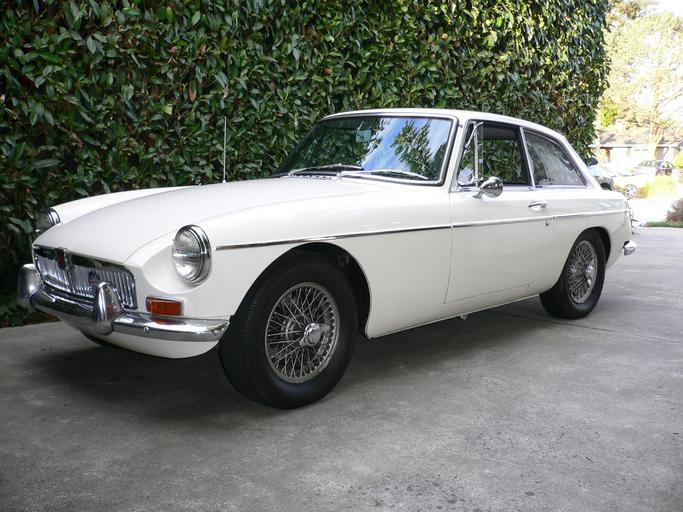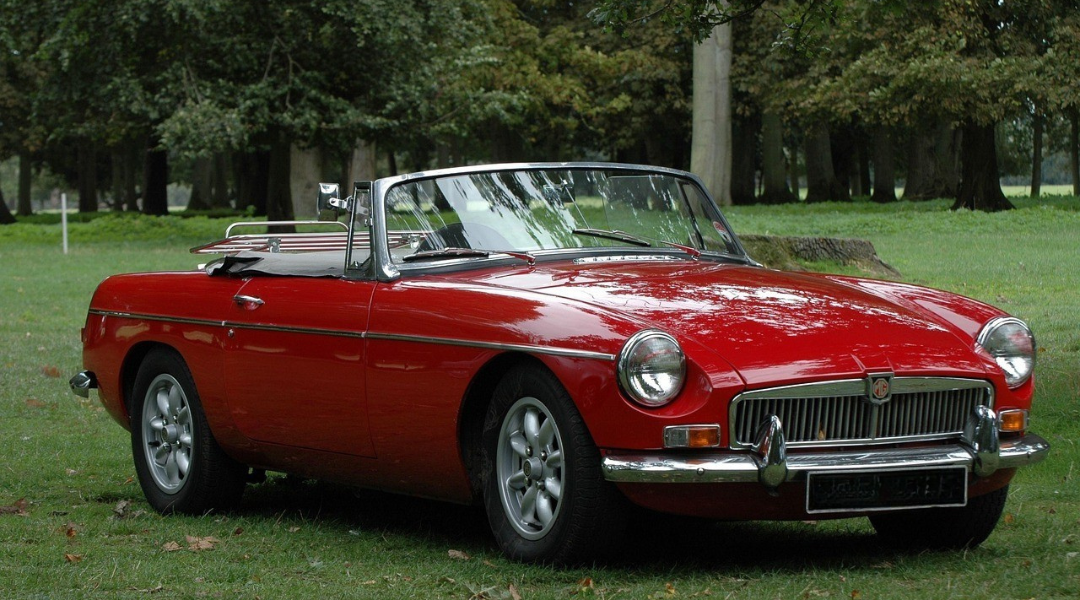
Getting Started: A New Owner's Guide to the MG, MGF and MG TF
Important Disclaimer: Whilst we take every care to ensure that our website and information herein is as accurate as possible, errors and omissions are excepted. Please tell us if you think something is wrong.
So, you've just become the proud owner of an MG, MGF or MG TF - congratulations! These cars aren't just vehicles; they're a ticket to a whole different driving experience.
Owning a classic MG, whether an iconic MG from decades past, a sprightly MGF, or the later MG TF, is a rite of passage for any British car enthusiast. These vehicles embody a heritage of style, performance and that unmistakable open-top motoring joy.
However, stepping into ownership (especially if it's your first time) can feel like a leap into the unknown. From sourcing MG car parts to understanding the quirks of these machines, there's plenty to learn. Fortunately, with some know-how and the right resources, you'll soon be cruising with confidence. This guide is tailored for new owners, offering practical advice to get you started on the right foot.
Know your MG: a quick overview
Before diving into ownership tips, let's briefly distinguish between the models you might own.
- Classic MG (e.g., MGA, MGB, MGC): Timeless beauties from the 1950s to 1980s. The MGB, with its robust 1.8-litre engine and classic lines, is perhaps the most famous. They're simple, mechanical cars that reward hands-on tinkering.
- MGF (1995-2002): The MGF marked MG's return to sports cars in the mid-90s. Its mid-engine layout and Hydragas suspension make it a modern classic with a unique driving feel.
- MG TF (2002-2011): An evolution of the MGF, the TF swapped Hydragas for coil springs and brought sharper styling. It's a bridge between classic MG spirit and contemporary design.
Each has its own personality, but they all share a need for regular upkeep and access to quality MG car parts. Knowing your model's quirks will help you spot issues early and source the right MG spares when needed.
Step 1: Inspect your new pride and joy
When you first get the keys, resist the urge to hit the road straight away (tempting as it is). Instead, give your MG a thorough once-over. Here's what to check.
- Bodywork: Rust is the arch-enemy of classic MGs. Look under wheel arches, along sills and beneath the boot floor. MGFs and TFs are less prone but check for corrosion around suspension mounts.
- Engine: Start it up and listen. A healthy MG engine should purr, not clatter. Check oil levels and look for leaks.
- Suspension and brakes: Bounce each corner to test the shocks (or Hydragas on an MGF). The brakes should feel firm, not spongy.
- Electrics: Test lights, wipers and the heater. Lucas electrics on older MGs can be finicky, so be prepared for some quirks.
If you're not mechanically minded, consider a professional inspection. It's worth the investment to avoid surprises later. We offer a detailed MGF and MG TF catalogue so you can identify parts needing replacement right from the start.
Step 2: Stock up on essentials
Every MG owner needs a basic toolkit and a stash of MG spares. Here's a starter list.
- Oil and filters: Regular oil changes keep these engines happy. Check your manual for the right grade - classic MGs often take 20W50, while MGFs and TFs prefer 10W40.
- Brake pads and fluid: Worn pads are common on cars that have sat idle. Get replacements to ensure compatibility.
- Spark plugs and leads: For older MGs, these are cheap and easy to swap, making a big difference to performance.
- Coolant: MGF and TF owners, beware of overheating. Keep coolant topped up, and check regularly.
- Bulbs and fuses: Keep spares in the glove box for those inevitable roadside fixes.
Rimmer Bros is a godsend for MG car parts, offering everything from gaskets to body panels. Our fast worldwide delivery means you're never far from the bits you need, whether in Lincoln or Los Angeles.

Step 3: Master basic maintenance
You don't need to be a mechanic to keep your MG ticking over, but some DIY goes a long way. Here are some beginner-friendly tasks.
- Oil change: Drain the old oil, replace the filter, and refill. It's straightforward on an MGB and only slightly trickier on an MGF/ TF due to the mid-engine layout.
- Topping up fluids: Check brake fluid, coolant and washer fluid weekly. Small leaks are common, so stay vigilant.
- Tyre care: Keep pressures spot-on (check your manual) and inspect for wear. Classic MGs often run 165/70 R14s, while MGFs and TFs use wider modern sizes.
- Cleaning contacts: A wire brush and contact cleaner can work wonders if electrics play up.
Step 4: Tackle common issues
Every MG has its Achilles' heel. Being prepared saves headaches.
- Classic MGs: Rust and dodgy wiring top the list. Invest in rustproofing and keep an eye on earth connections.
- MGF: Head gasket failure is the big one. Watch for milky oil or steam from the exhaust.
- MG TF: Suspension bushes wear out, causing knocks. Replacement kits are affordable and transform the ride.
Step 5: Drive and enjoy
Once your MG is sorted, it's time to hit the road. These cars thrive on use, so don't let them languish in the garage. Stick to dry days for classics to fend off rust, and always carry a basic toolkit - breakdowns are part of the charm. For MGFs and TFs, watch the roof seals in wet weather; a dab of silicone grease keeps leaks at bay.
Sourcing MG car parts and spares
No MG owner's journey is complete without a reliable parts supplier. Rimmer Bros has supported British cars since 1982, and our range of MG car parts is unmatched. From brake discs to soft-tops and frames, we've got you covered. Whether you're restoring a barn find or keeping a daily driver alive, our MG spares are top-notch and delivered fast.
Owning an MG - be it a classic, an MGF or an MG TF - is a labour of love. It's about the thrill of the drive, the satisfaction of a well-turned spanner and the pride of preserving a British icon. Start with a solid inspection, arm yourself with essentials and lean on Rimmer Bros for MG car parts and spares. Before long, you'll be as hooked as the rest of us.